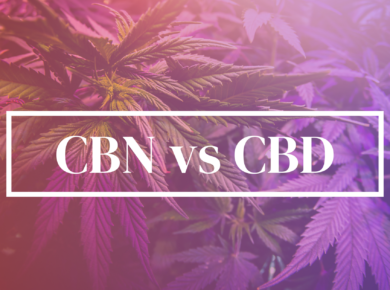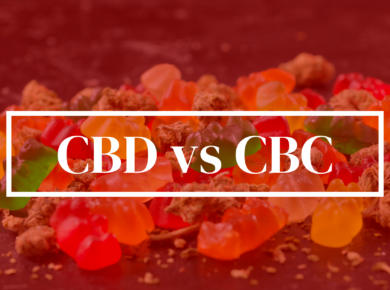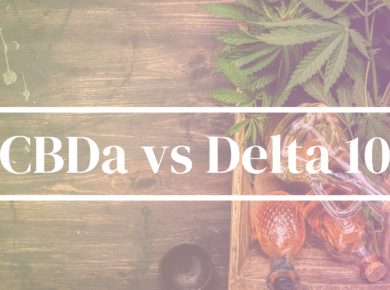Delta 10-THC and CBNV (Cannabinovarin) are both intriguing cannabinoids found within the hemp and cannabis realms. Their distinctiveness is attributed to their unique chemical structures and the effects they exhibit.
Delta 10-THC, frequently abbreviated as D10-THC, is a derivative of THC, the notorious compound in cannabis known for its psychoactive tendencies. Though not as intense as Delta 9-THC, it still retains certain psychoactive characteristics. Predominantly, it’s present in trace amounts in hemp and is often synthesized through specialized chemical processes in labs.
In contrast, CBNV, or Cannabinovarin, is a non-psychoactive player in the cannabinoid family. It’s akin to Cannabivarin (CBV) and shares similarities with CBD (cannabidiol) but with a twist in its chemical makeup. Though CBNV’s research is still in its infancy, it’s believed to offer potential benefits without the “high.”
In essence, while Delta 10-THC provides a psychoactive experience, CBNV remains neutral in this aspect. Their chemical structures and prevalence within the hemp plant also differentiate them. The cannabinoid world, with its myriad of compounds, offers a treasure trove of research opportunities and promises more revelations in the future.
Many States allow hemp derived cannabinoids under the 2018 Farm Bill as long as they contain less than .3% D9 THC. Some States have explicitly banned cannabinoids like Delta 8, so check your local rules and regulations before purchasing.
Here’s the rules for Kush.com and more details
Frequently Asked Questions (FAQs)
What Sets Apart Delta 10-THC from CBNV? Delta 10-THC is renowned for its psychoactive attributes, albeit milder than Delta 9-THC. Conversely, CBNV or Cannabinovarin is a non-psychoactive cannabinoid still under extensive research. Its interactions with the endocannabinoid system are yet to be fully deciphered.
How are These Cannabinoids Extracted? Both Delta 10-THC and CBNV are procured from hemp using a plethora of methods, CO2 extraction being the most prevalent. This method leverages pressurized carbon dioxide to extract the desired cannabinoids. However, the extraction specifics can differ based on the target cannabinoid and the envisaged end product.
Do All Hemp Strains Contain Delta 10-THC and CBNV? Hemp strains vary in their cannabinoid content. Some may be rich in Delta 10-THC, while others might lean towards CBNV. Always scrutinize the cannabinoid profile of a strain before acquisition.
What’s the Legal Stance on Delta 10-THC and CBNV? Cannabinoid legality is a fluctuating landscape, contingent on the region. Many jurisdictions deem hemp-derived cannabinoids like Delta 10-THC and CBNV legal, provided the THC concentration doesn’t surpass 0.3%. However, with ever-evolving regulations, it’s prudent to stay updated with local laws.
How Can One Consume Delta 10-THC and CBNV? These cannabinoids are versatile in their consumption modes, available in oils, tinctures, edibles, and beyond. It’s pivotal to note that the method chosen can influence the onset and longevity of effects, necessitating a choice aligned with individual requirements and tastes.
Shop
Similar Product Searches You Might Be Interested In:







